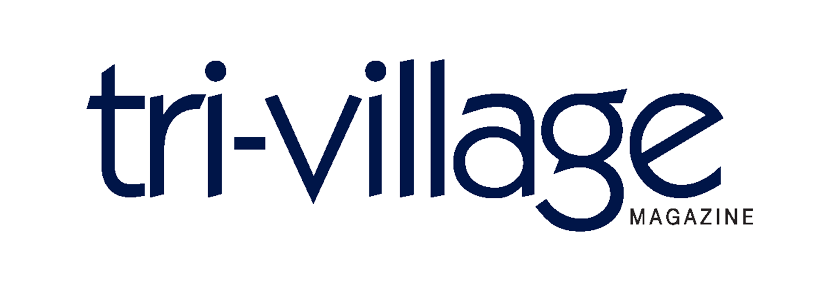
Distance learning has transformed from a niche alternative for some students to a mainstream practice in education. Some schools in central Ohio already had some experience with distance learning prior to the pandemic, which prepared them for an abrupt switch in March.
For instance, at Columbus Academy, remote learning has always been used for students who cannot not be in the classroom due to out-of-state sports or extended illnesses. Due to the school’s presence in a 100-member consortium of independent schools from all over the world, about 20 Columbus Academy students take specialized courses online, with subject matter including number theory, computer app and game development, and Japanese language and culture.
Columbus Academy’s technology department provides 24-hour access and availability to encourage students to engage with the curriculum and expand learning outside the classroom.
“To that end, we enhanced a number of our tech tools, including making our learning management system more social and providing single sign-on access to collaborative apps like Google Docs and VoiceThread,” says Sean Cullinan, director of technology. “We also thought about what we were going to do with those enhanced tools. Some teachers created what they called ‘redundant resources,’ where everything that happens in the classroom is recorded and made available online. Others flipped their classrooms or used social media to engage the broader community.”
Prior to the pandemic, Columbus School for Girls used remote learning for students who had extended illnesses, and has used the same tools before and after the onset of the pandemic.
“CSG was already 1-to-1 before the pandemic. We conducted remote learning under specific circumstances with email and a learning management system. Students could share notes, handouts, etc. Since March, we have enhanced our technology with a more powerful learning management system (Canvas),” says Jennifer Ciccarelli, head of school at CSG. “We have also outfitted classrooms to be able to accommodate hybrid learning where students, faculty and staff can have the same access whether learning or teaching in the classroom or at home. OWL Pro Cameras allow students to virtually enter the classroom live. They can participate in real time, ask and answer questions, and interact with their peers. The technology allows for a more seamless student experience for on-campus and athome learners.”
It’s a similar situation at Columbus Academy, says Dan Olexio, assistant head for academic affairs. The tools and skills its faculty used to keep students on track before the pandemic are the same ones used when it transitioned to online learning.
Olexio adds that many of the tools and skills the faculty used to keep students on track before the pandemic are now used for online learning.
“We also used those same tools to train faculty in March 2020 and over the past summer, which allowed the faculty to experience the learning from the student’s perspective prior to developing their own plans for the fall,” Olexio says.
“To some extent, options for students to remote into class synchronously won't go away.”
Cullinan says there are a lot of benefits to online learning, including increased classroom engagement, greater student ownership of learning, confidence from teaching others, meeting individual students’ learning styles and needs, a spike in one-on-one instruction time between students and teachers, and increased performance on tests.
Olexio adds that attendance has increased for upper school students.
“That was a pleasant surprise of the hybrid model,” he says. “Students are joining classes synchronously when, in the past, they may have been away from school for a day for a mild sickness or appointment.”
Olexio and Cullinan both say that distance learning is here to stay, even past the pandemic.
“To some extent, options for students to remote into class synchronously won't go away,” Olexio says.
Brandon Klein is an associate editor. Feedback welcome at bklein@cityscenemediagroup.com.







